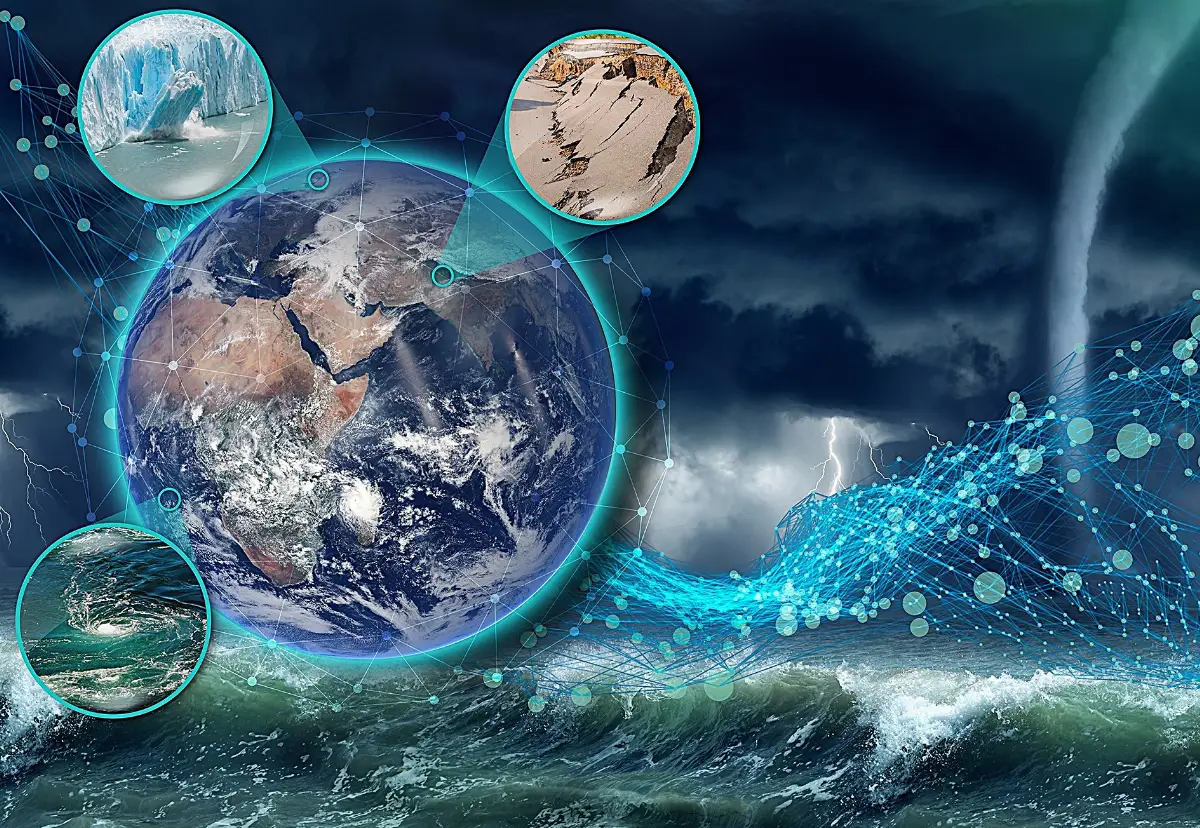
Thales Alenia Space signs a contract with OHB
To develop two radar instruments for ESA’s 10th exciting new Earth Explorer Harmony mission

Thales Alenia Space (TAS), a joint-venture between Thales (67%) and Leonardo (33%), has signed a contract with OHB to develop the two Earth observation Synthetic Aperture Radar (SAR) instruments to be embarked on the two-satellite Harmony constellation –ESA’s 10th Earth Explorer mission expected to be launched aboard a Vega-C launch vehicle by2029. The jv will lead a diverse European industrial consortium to design, develop and validate the C-Band SAR instruments and will also be responsible of the C-Band digital electronic and antenna tiles to be embarked on both Harmony satellites.
Giampiero Di Paolo, Senior Vice President Observation, Exploration, and Navigation at Thales Alenia Space said: “The development of the two radar instruments will allow TAS to make a significant technological and architectural step forward improving the competitiveness of SAR products both in the institutional and commercial Earth observation markets”. The company has played a key role as industry during the Harmony preparatory phase,supporting ESA in the definition of a high-performing solution capable of fully meeting the mission scientific objectives, developing in parallel all the relevant SAR enabling technologies.
Earth Explorer missions form the science and research element of ESA’s Earth Observation FutureEOProgramme. By returning critical data to understand the planet and predict what lies in store, the Earth Explorers are fundamental to advance science and, subsequently, to restore environmental balance for a sustainable future. Each of these extraordinary missions carries innovative space technology, demonstrating how new techniques can return an astonishing wealth of scientific findings about our planet.
Together with Sentinel-1, Harmony promises to provide a wealth of unique data on ocean–ice–atmosphere interactions at unprecedented resolution for more insight into upper-ocean heat exchanges, drivers of extreme weather and the long-term impacts of climate change.The mission will also shed new light on deformation and flow dynamics at the rapidly changing edges of icesheets for a better understanding of sea-level rise. In addition, Harmony will measure small shifts in the shape of the land caused by earthquakes and volcanic activity, thereby contributing to risk monitoring.
The Harmony mission consists of two bistatic passive Synthetic Aperture Radar (SAR) receive-only satellites,enhanced by a Thermal Infrared (TIR) optical payload, flying in a loose formation with Sentinel-1. Using Sentinel-1 as an illuminator of opportunity and augmenting its observations with a multi-static configuration for direct measurements of surface velocities will make a highly innovative contribution to Earth Observation capabilities.
AVIONEWS - World Aeronautical Press Agency